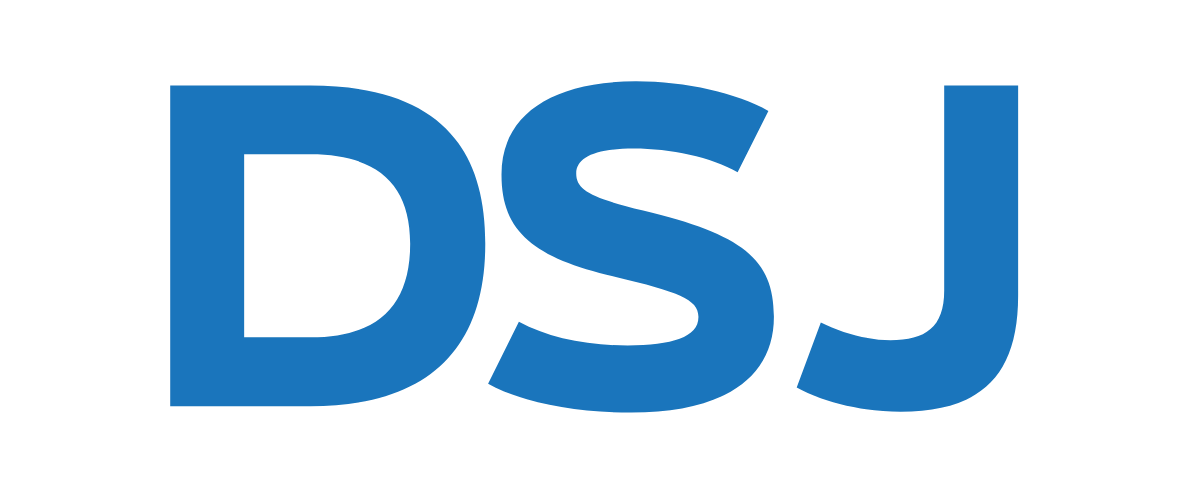A home equity line of credit, or HELOC, is a second mortgage on your home that gives you access to cash based on the value. A HELOC is typically used for larger expenses or to consolidate higher-interest-rate debt on other loans such as credit cards.
With a HELOC, you borrow against your equity, which equals the home’s value minus the amount you owe on your primary mortgage. HELOCs often have lower interest rates than other types of loans, and the interest may be tax deductible.
How a HELOC Works:
As mentioned above, a HELOC allows you to borrow against the available equity you have in your home, and the house is used as collateral for the line of credit. As you repay your outstanding balance, the amount of available credit is replenished, similarly to a credit card. This means you can borrow against it again if needed, and you can borrow as little or as much as you need throughout the draw period (explained later in the article), up to the credit limit you establish at closing. Once the draw period ends, the repayment period begins.
Key Things to Note About HELOCs
- You typically have 10 years (draw period) to withdraw cash from a home equity line of credit, while paying back only interest, and then another 20 years (repayment period) to pay back your principal plus interest.
- Unlike most loans, your rate will likely change based on market conditions over the life of the credit line.
- To qualify for a home equity line of credit, lenders will usually want you to have a credit score over 620, a debt-to-income ratio below 40%, and equity of at least 15%. But other factors can also help you get approved.
- Most HELOC lenders will let you borrow up to 85% of the value of your home (minus what you owe), though some have higher or lower limits.
- Since you risk losing your home if you can’t pay back your loan, a home equity line of credit is best reserved for expenses that will help build wealth (like home improvements and renovations, debt consolidation, etc…) and for those who want to bolster their emergency funds.
- A HELOC isn’t an appropriate way to finance vacations or depreciating assets like cars, and it wouldn’t be the best fit for someone who plans to sell their home in the near future.
How to pay back your HELOC
A HELOC has 2 phases: the draw period and the repayment period.
Draw Period: During the draw period you can use a check, transfer, or credit card linked to your account to borrow from your line of credit. The monthly payments are often interest-only during the draw period (which typically lasts 10 years).
Repayment Period: During this period you are no longer able to borrow against the credit line. You begin to pay back the loan in monthly installments which include principal and interest. The addition of principal will raise the monthly payments compared to that of the draw period. The repayment period typically lasts 20 years.
Is a HELOC a Good Idea?
Whether or not a HELOC is a good idea is based mostly on your goals and financial situation. A lot of times people use HELOCs for home repairs and renovations, which can increase your home’s value. The Interest on your HELOC may also be tax deductible if you do decide to use that money to improve your home, according to the IRS.
Another popular use for a HELOC is education and contributing to a child’s college fund. However, it is worth noting you may get better rates using federal student loans instead. People with a substantial amount of credit card debt might also find a HELOC useful. For example, if you have debt at 19% interest, using a HELOC to pay off the debt can bring the interest rate down to whatever the rate of the HELOC you took out was.
Many financial advisors don’t recommend using a HELOC to pay for things that don’t build wealth like vacations and cars because they may put you at risk of losing your home if you fail to pay the loan back.
Wrap Up
This is just the tip of the iceberg when it comes to home equity lines of credit (HELOC) and there is much more information on this topic. If this is something you think may be the right financial choice for your goals and financial future, give DSJ Advisory Group a call and we can connect you with an expert who can provide you with all of the necessary information you may need.
